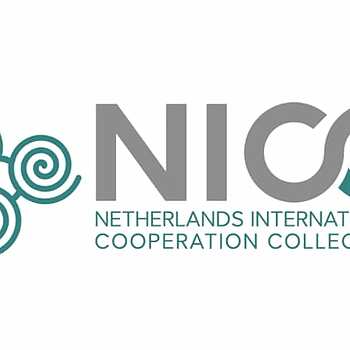In the nineties the focus of Dutch water and sanitation support shifted toward sustainability of interventions. In 1993 a conference of ministers from around the world was held in Noordwijk, the Netherlands to discuss maintenance issues around water and sanitation facilities. One of its conclusions was the fact that the maintenance of public facilities should not be the responsibility of governments, but they should have a facilitating role. The management of urban public water facilities should be left to autonomous organisations. It was also recommended to decentralise the ownership and management and even transfer this to the actual users.
It is in this period that WASH by The Netherlands (and others) is directly acknowledged in its nexus with Gender (the role, position and impact on women/girls) and Sanitation (equally important for health impact from safe water and Hygiene, comfort and environmental impact acknowledgement). Initially with heavy resistance from male -dominated countries (political, cultural and/or faith based).
In 1999 the Netherlands Water Partnership (NWP) was established, as the Dutch water sector and the government saw a need for greater collaboration; one of the first public-private partnerships on water in the world. The NWP today is a networking platform for companies, NGOs, government agencies, knowledge institutions and other entities.
REFERENCES:
Van Schaik, H.P.J., 1997, 'SIMAVI's Wereld Water Fonds slaat brug naar ontwikkelingslanden', H2O, #10, pages 305 - 307
